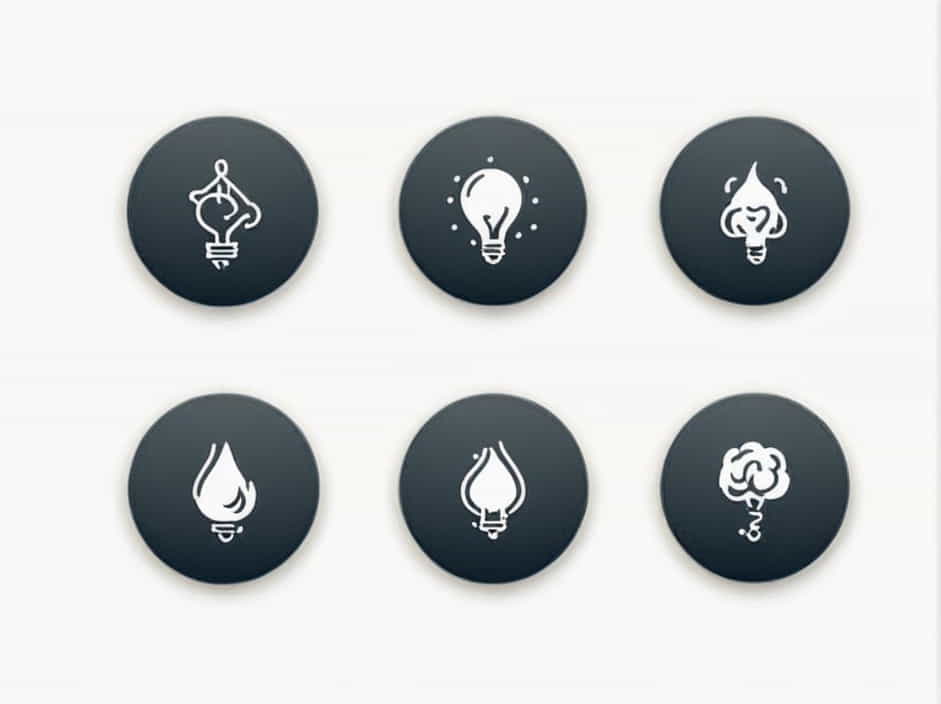The dynamical theory of gases is a fundamental concept in physics that describes the motion and interaction of gas molecules. This theory forms the basis of kinetic theory, explaining macroscopic properties such as pressure, temperature, and diffusion in terms of molecular motion.
Developed in the 19th century by scientists like James Clerk Maxwell and Ludwig Boltzmann, this theory provides deep insights into gas behavior, thermodynamics, and statistical mechanics. In this topic, we will explore the core principles, equations, and real-world applications of the dynamical theory of gases.
The Foundations of the Dynamical Theory of Gases
1. What is the Dynamical Theory of Gases?
The dynamical theory of gases states that gases consist of a large number of tiny ptopics (molecules or atoms) in constant motion. These ptopics collide with each other and with the walls of their container, resulting in observable gas properties.
Key assumptions of this theory include:
- Gas molecules are in random motion.
- Collisions between molecules are elastic, meaning no energy is lost.
- The volume of individual molecules is negligible compared to the volume of the gas.
- No intermolecular forces act except during collisions.
These assumptions lead to statistical descriptions of gas behavior, allowing scientists to derive important equations.
2. Historical Development
The kinetic theory of gases was pioneered by:
- Daniel Bernoulli (1738): Proposed that gas pressure results from the impact of moving molecules.
- James Clerk Maxwell (1859): Developed the Maxwell-Boltzmann distribution, describing the range of molecular speeds in a gas.
- Ludwig Boltzmann (1872): Introduced statistical mechanics to explain entropy and gas equilibrium.
These contributions laid the foundation for modern thermodynamics and statistical physics.
Key Principles of the Dynamical Theory of Gases
1. Molecular Motion and Energy
Gas molecules move in random directions with varying speeds. The average kinetic energy of these molecules is directly related to temperature:
where:
- k_B is Boltzmann’s constant.
- T is the absolute temperature in Kelvin.
This equation shows that as temperature increases, molecules move faster, increasing pressure and energy transfer.
2. Maxwell-Boltzmann Distribution
Not all gas molecules move at the same speed. The Maxwell-Boltzmann distribution describes the probability of molecules having a certain speed at a given temperature. The probability function is given by:
where:
- v is molecular speed.
- m is molecular mass.
From this, we can define key speeds:
- Most probable speedv_p = sqrt{frac{2k_B T}{m}}
- Mean speedv_m = sqrt{frac{8k_B T}{pi m}}
- Root mean square (rms) speedv_{rms} = sqrt{frac{3k_B T}{m}}
3. Pressure and Temperature Relations
The kinetic theory relates pressure (P), volume (V), and temperature (T) through the ideal gas law:
where:
- n is the number of moles of gas.
- R is the universal gas constant.
This law explains how gases expand, contract, and exert pressure based on molecular collisions.
4. Mean Free Path and Diffusion
Gas molecules travel short distances before colliding. The mean free pathlambda is the average distance a molecule travels between collisions, given by:
where:
- d is the molecular diameter.
- n is the number of molecules per unit volume.
This concept helps explain diffusion, where molecules move from high to low concentration. The diffusion coefficientD is given by:
which determines the rate at which gases mix.
Applications of the Dynamical Theory of Gases
1. Understanding Atmospheres and Weather
The theory helps explain how gases behave in Earth’s atmosphere. Concepts like air pressure, wind movement, and gas diffusion are all governed by molecular motion.
2. Industrial Gas Applications
Industries use this theory for:
- Gas storage and liquefaction (e.g., liquid nitrogen production).
- Refrigeration and heat transfer systems.
- Combustion processes in engines and turbines.
3. Space Exploration
In space, gas behavior is critical for:
- Rocket propulsion (expanding gases drive thrust).
- Atmospheric studies of planets.
- Designing life-support systems for astronauts.
4. Medicine and Biology
Understanding gas dynamics helps in:
- Oxygen transport in the body.
- Anesthesia gas diffusion in tissues.
- Hyperbaric treatments for decompression sickness.
Experimental Verification of the Theory
Several experiments confirm the dynamical theory of gases:
- Brownian Motion (1827): Robert Brown observed random motion of pollen ptopics in water, later explained by Albert Einstein using kinetic theory.
- Effusion and Graham’s Law (1848): Thomas Graham showed that gas diffusion rates depend on molecular mass, supporting kinetic predictions.
- X-ray Crystallography (20th century): Provided direct evidence of atomic motion in gases.
Modern Developments in Gas Dynamics
1. Non-Ideal Gas Behavior
Real gases deviate from ideal behavior at high pressures and low temperatures. The Van der Waals equation corrects the ideal gas law:
where:
- a accounts for intermolecular forces.
- b accounts for molecular volume.
2. Quantum Gases and Bose-Einstein Condensates
At extremely low temperatures, gases exhibit quantum behavior:
- Bose-Einstein Condensates (BECs): Ptopics behave as a single quantum entity.
- Fermi Gases: Follow different statistical rules than classical gases.
These discoveries have applications in superconductivity, quantum computing, and fundamental physics.
The dynamical theory of gases is a cornerstone of modern physics. It explains gas behavior through molecular motion and statistical mechanics, leading to discoveries in thermodynamics, industry, medicine, and space exploration.
From Maxwell’s equations to quantum gases, this theory continues to shape scientific progress. As research advances, our understanding of gas dynamics will deepen, unlocking new applications in technology, energy, and space travel.
